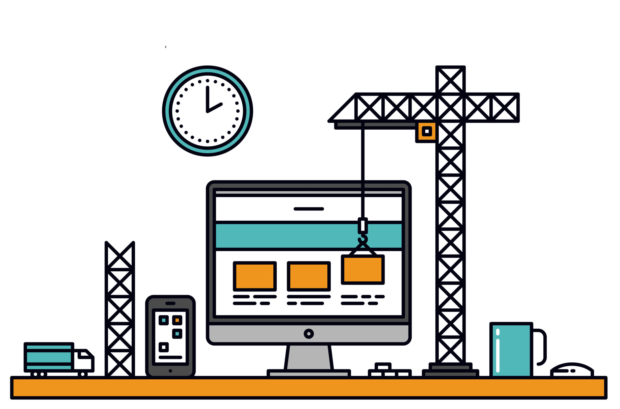Everyone tells you that newsletters are a great way to sell stuff. In the marketing industry, it’s called direct marketing, and it has many advocates because this really is an effective way to sell just about anything.
But how exactly do you do that? How do you get someone to go from reading your newsletter to buying your books?
That is a question which has stumped me since before I started my newsletter nearly 5 years ago, and it was actually one of the reasons I started writing this series of posts back in 2019. As I explained back then, I wanted to walk you through the steps I took to solve each problem I had, and explain each skill I learned.
Obviously learning how to sell books through a newsletter was and is a critically important question, and it turns out the answer can be boiled down to some pretty simple steps. (Making this work will not be quite so simple, obviously.)
3 Steps to Selling Books Via Your Newsletter
According to Charles George, my direct mail expert friend, there are three steps involved in selling books via your newsletter. Or to put it a better way, there are three things that we need to train subscribers to do.
- Open the newsletter,
- Click the links, and
- Buy a book.
Let’s take these one at a time.
1. Open
While this might sound simple, there’s really more to it than getting subscribers to open your newsletter. Your goal in this first step is to write newsletters that keep subscribers coming back for more. You need to deliver content that they will value enough that they will choose to devote their limited time to reading your newsletter, and not the hundred other newsletters they have subscribed to.
If you need a few suggestions, I have a post on 14 things you might put in your newsletter. (I am using four of the suggestions in that post in my own newsletter.)
2. Click
Once you have readers opening your newsletter, your next goal is to get them to take action. Pepper your newsletter with links to news stories, blog posts, or resources that will interest your subscribers. Not only will this get more subscribers to click, it will also deliver additional value to your subscribers.
By the way, if your goal is to sell a product or service rather than a book, it would be a good idea if some of those links lead to your products or services pages. You might also link to other articles you have written elsewhere.
The marketing industry has studied click rates intensively. They’ve found that successful newsletters average at least a 3% click rate, which is another way of saying that 3% of subscribers click a link in a newsletter. When it comes to click rates, anything under 1% is bad, and if you can get your click rate above 3%, you will be doing better than your typical newsletter publisher.
My click rate is actually pretty awful. It’s usually under 1%, and that is mostly because for the longest time now I have been devoting each newsletter to a single topic. This might have been a mistake; I should have been adding more links to my newsletters for my subscribers to click on.
I am going to fix that, but this is of course a work in progress.
3. Buy
This is a tricky one. While you do want to get subscribers to buy your books, you don’t want to overwhelm them with a blizzard of sales pitches. That is, after all, one of the ways you can get readers to unsubscribe.
So how do you do that?
That is a hard question to answer because the answer varies between audiences. What works for one author will not work for another, and different rules apply for fiction and non-fiction.
I was told by Kirsten Oliphant that for fiction it’s fairly simple: the readers are there because they like your books and want to read more books from you or others like you. She simply shares the book title, cover, hook, and call to action.
She also told me that nonfiction was a different animal. Some people will be around wanting the book, while others are on a mailing list just for the free content and never want to be sold to. She held up David Gaughran as a great example of how to give value in the newsletter while talking about how even more detail will come in his book. After weeks of this, it’s like everyone is primed and pumped.
One suggestion I can make is to design your newsletter so that you never have more than one sales pitch on your reader’s screen at any one time. (This is a trick I borrowed from web design.) If you created the newsletter template I wrote about in my last post, reorganize the template each time you send out a newsletter so that your sales pitches are separated by other content such as links, tips, artwork, or what have you. Not only will this give your readers value, it will also keep your newsletters from coming across as pushy or aggressive.
One thing I have done is end each newsletter with an “About” section. I use this section to remind readers about how I can help them, and I take care to include a big blue button that they can click to contact me.
Final Thoughts
The process of turning a subscriber into a buyer might be obvious to some, but I for one did not know that I needed to get readers to click the links. I focused all my energy on getting subscribers to open and read each newsletter, but had no clue where to go from there.
I hope this post helps you avoid my mistakes, and advances your author career.






0 Comments